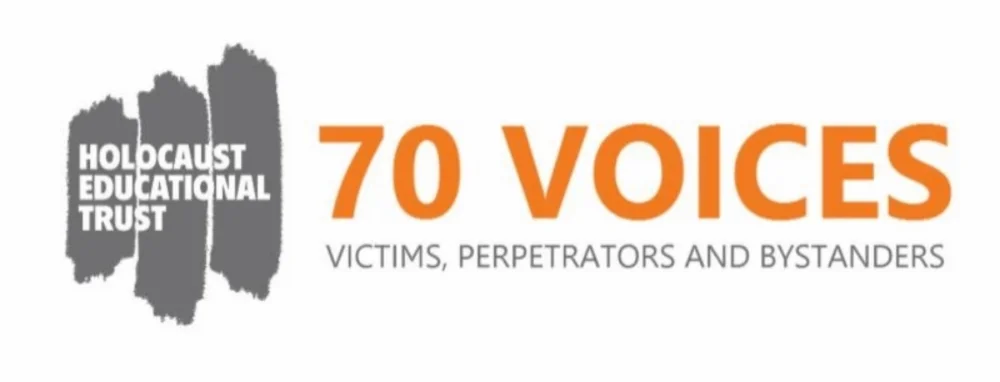70 years ago this month, the Soviet Red Army liberated the Nazi concentration and death camp Auschwitz-Birkenau, where approximately 1 million Jews had been murdered in the previous three years. Auschwitz was the largest killing site of the Holocaust, which was the murder of approximately 6 million Jewish men, women and children by Nazi Germany and its collaborators during the Second World War. A few weeks after the camp’s liberation, a manuscript written by a Polish Jew named Zalman Gradowski was discovered buried near the site of the camp’s gas chambers where he had been forced to work. Zalman was killed in a prisoner uprising in October 1944 but his words – addressed to us, the readers of the future – have lived on.
Dear reader, I write these words in the moments of my greatest despair. I do not know, I do not believe, that I myself will live to read these lines “after the storm”. Who knows if I will have the good fortune to unfold the secret I carry deep in my heart to the world? Who knows if I will ever again behold a “free” man and be able to speak with him? It may be that these, the lines that I am now writing, will be the sole witnesses to what was my life. But I shall be happy if only my writings reach you, citizen of the free world…
Dear discoverer of these writings!
I have a request of you: this is the real reason why I write, that my doomed life may attain some meaning, that my hellish days and hopeless tomorrows may find a purpose in the future.
I pass on to you only a small part of what took place in the hell of Auschwitz-Birkenau. It is for you to comprehend the reality.
Over the course of this project we will explore this history through 70 different voices – victims, survivors, perpetrators, and other witnesses to the Holocaust – in the hope that they may enable us to better “comprehend the reality”.
Photo: the gate of Birkenau, January 1945; Państwowe Muzeum Auschwitz-Birkenau w Oświęcimiu
Manuscript extract: David Roskies (ed.), The Literature of Destruction: Jewish Responses to Catastrophe (Jewish Publication Society, 1989)




















